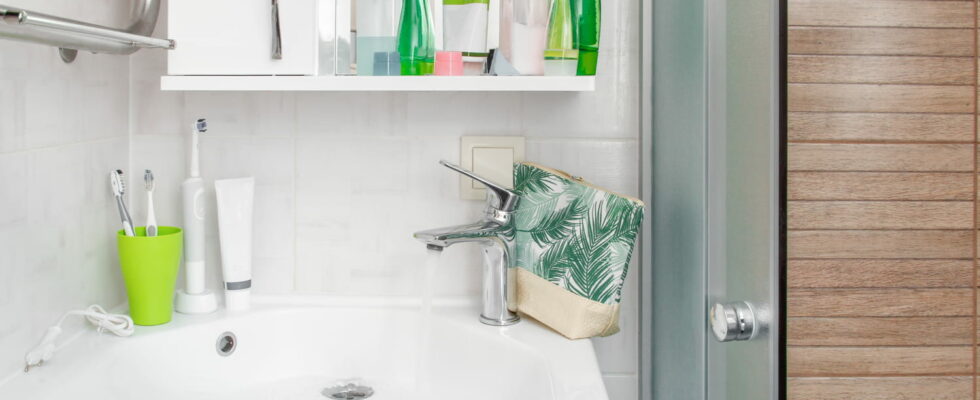The next time you wipe your bathroom with a cloth or detergent, consider including this area in your cleaning routine.
Did you think your bathroom was really clean? We often think about visible surfaces when cleaning the bathroom: the sink, the mirrors, the shower, the shower head. But due to their difficult access or simply because they go unnoticed, several places or objects in the bathroom are forgotten and can become a source of bacteria if they are not properly disinfected.
These places are often overlooked because, being small objects or surfaces, they do not seem to require as much attention. However, bacteria can proliferate there and, if you do not eliminate them, they can generate odors and even harm your health. By ignoring these areas, even a thorough cleaning may remain incomplete. It only takes a few minutes a week to keep your bathroom fresh and germ-free.
Among these places, there is an object that we regularly forget and which deserves our full attention: the toothbrush holder, or quite simply the glass in which we put our toothbrushes. Indeed, this accessory that we use every day is, according to several studies, one of the most contaminated places in the bathroom. Unfortunately, few people think about cleaning it regularly, if ever. However, it would be essential to wash it several times a week for a very simple reason: its proximity to toothbrushes and therefore to our mouth.
The toothbrush holder is often located on or near the sink, exposed to water splashes, toothpaste splashes and saliva residue. At the end of brushing, we place our brush there while still wet, which creates an environment conducive to the proliferation of bacteria and mold. The constant humidity of the toothbrush holder and its frequent exposure to contaminated droplets encourage the accumulation of germs such as streptococci or E. coli. In a closed environment like a bathroom, where ventilation is often limited, this simple object quickly becomes a real nest for microbes.
To keep it clean, it is recommended to clean it once a week. There are several methods to do this.
- Soak the toothbrush holder for a few minutes in a mixture of baking soda and hot water.
- Use warm, soapy water. Leave to soak for a few minutes, then scrub the nooks and crannies with an old toothbrush to remove any stubborn deposits.
- Disinfect with white vinegar or household alcohol: these solutions eliminate bacteria effectively. A ten-minute soak in diluted white vinegar can work wonders.
Regardless of the method chosen, you must then bThoroughly rinse and dry the toothbrush holder before putting the brushes back in.
